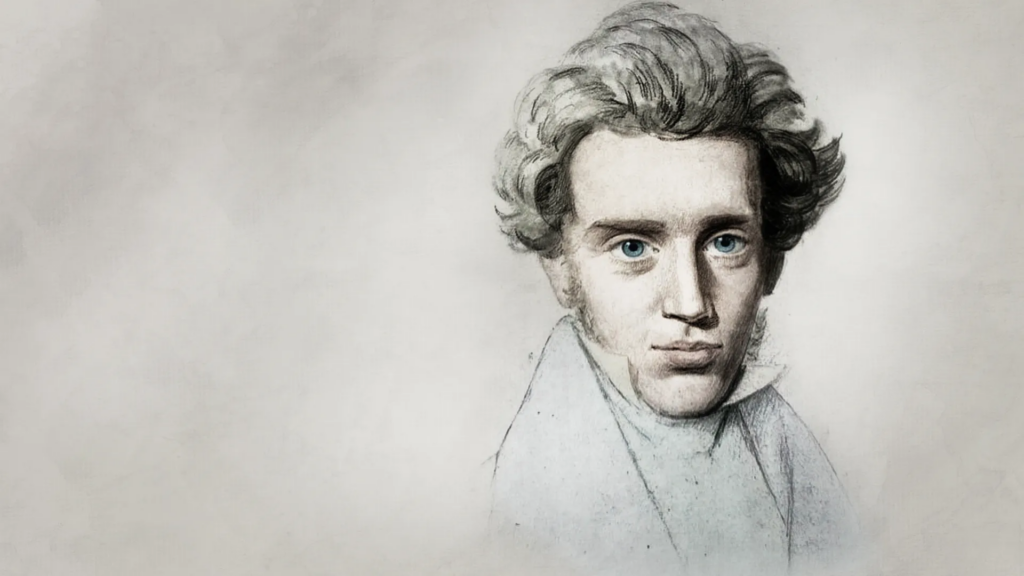Reading Writing
How to teach children to read and write

The word “reading writing” is intended to be a construct that is absurd in itself and does not exist in reality.
There are two processes (reading writing) that are closely related, and that in their learning one precedes the other. Here we do know that the egg comes before the chicken.
It is necessary to learn to read before being able to write.
Note carefully that I have not used the verb “learn” before “write” in the previous sentence.
You can learn to write simultaneously as you learn to read, but you will not be able to write if you do not know how to read.
The opposite is possible: you can read without knowing how to write.
One proof that the alleged construct “reading writing” is an absurd invention is the fact that this word, which is not a concept, does not exist in any other language. At least it doesn’t exist in English, French, German, Italian or Portuguese, which use the term “literacy” when forced to use the translation “lectoescritura”, but in no case do they accept “readwriting”, “lecturècrire”, “lesenschreiben”, “lettuscrivere”, or “leiturescrita”.
All these languages separate both functions (because they are two different functions, and although they are related they cannot be joined). In each of these languages, when referring to both the functions and their teaching, they are separated by the conjunction AND:
- In English: Reading and writing.
- In French: lire et écrire.
- In German: Lesen und schreiben.
- In Portuguese: ler e escrever.
What is the problem with putting the two concepts together? Because it leads to confusion in the work of some teachers when they are teaching reading writing.
On many occasions, I have come across teachers who believe that they are teaching reading when they ask the child to review or copy letters or words. They say “I am teaching reading writing” but since that function does not exist, that is not possible. They are only teaching the basics of writing. Sorry for writing “only”. They are teaching the basics of writing.
In my day-to-day life it is extremely common for parents to say that the child has problems with “reading writing” (that is what they have been told at school, a layman in the subject would not have thought of such nonsense). So, are they teaching the child to read or to write? What does he have problems with, in one or the other function? Or in both? And is it the same problem for both functions, or does each have different difficulties?
“Reading writing” tests inevitably evaluate both functions independently. “Reading writing” cannot be evaluated because it does not exist as a unified function. Reading is evaluated on the one hand, and writing on the other. The level of each person is analyzed and, if appropriate, the symptoms of each function are established and, whenever possible, the origin of the symptoms, but in a different way for each person.
I think it is very important to speak properly, particularly when we are talking about teaching children how to use a language.
Talking about the basics of teaching Spanish using a word that makes no sense seems to me to be a very bad start.
Related

Reversing Social Deterioration: A Task That Begins in Business Management
Alejandro Fontana
25 April, 2025
4 min

The Revolution of Tenderness
María Elizabeth de los Ríos
25 April, 2025
3 min

His Hope Does Not Die!
Mario J. Paredes
24 April, 2025
6 min

The Religious Writer with a Fighting Heart
Francisco Bobadilla
24 April, 2025
4 min
 (EN)
(EN)
 (ES)
(ES)
 (IT)
(IT)

